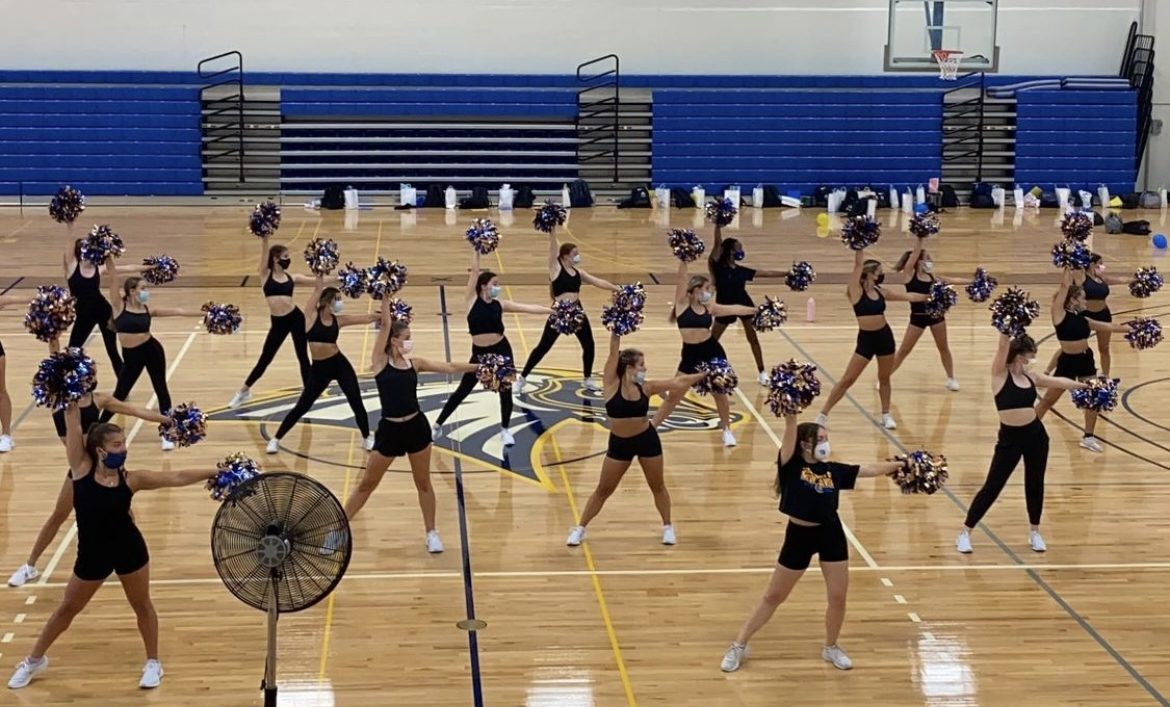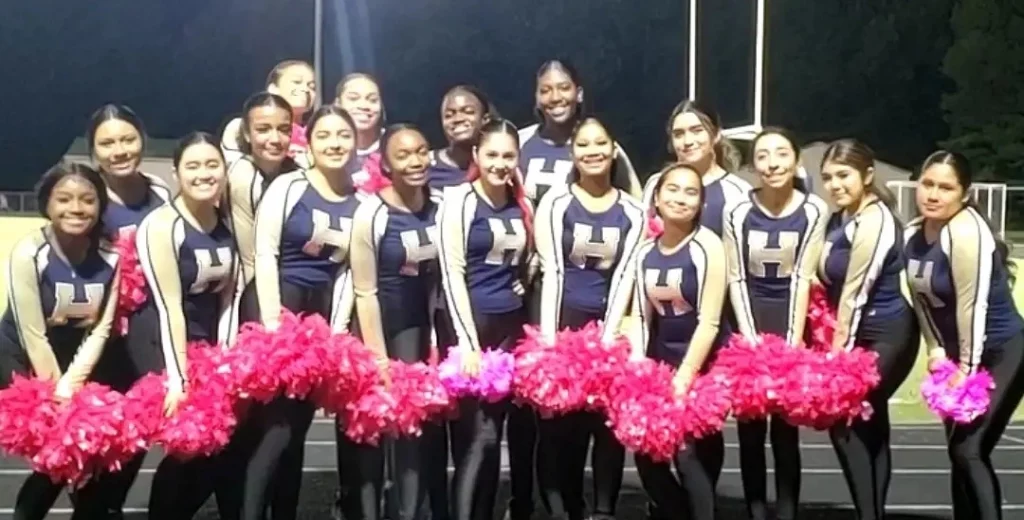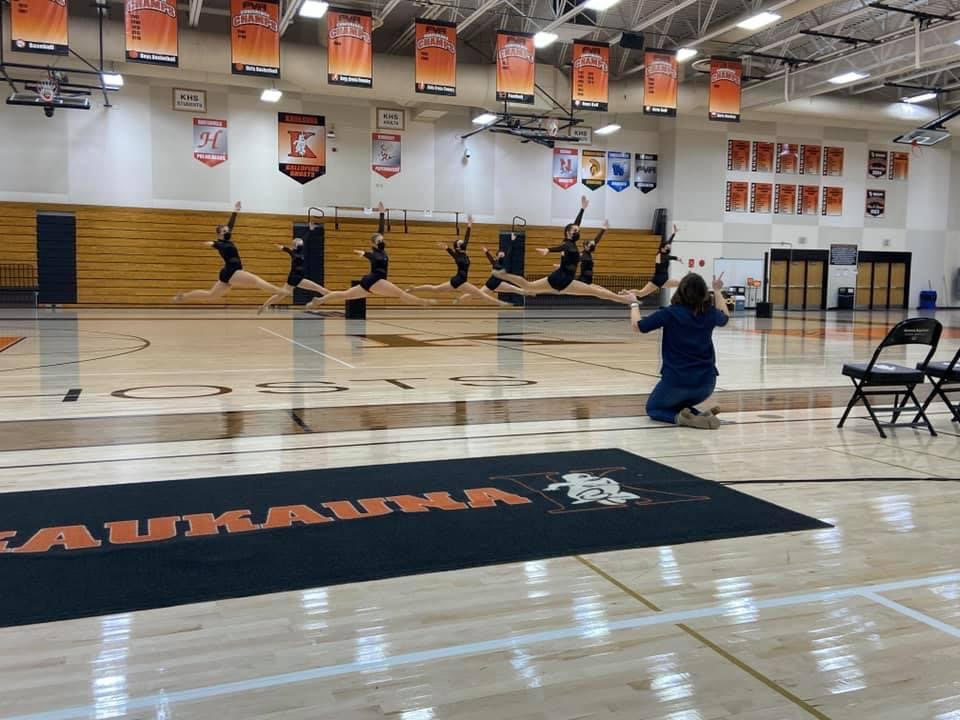
More than a year after the pandemic took a foothold, the COVID effect is still impacting school and studio dance teams. As we head into the second dance season during the pandemic, some COVID policies have loosened, but many dance coaches are still finding they have to adapt aspects of their programs for the short and long terms.
And while studio teams may have a little more leeway in creating their own policies, school dance-team coaches have to abide by district policies, forcing many coaches to change the way their programs are run.
Attendance/Illness Policies Are Loosened
As dance coaches and teachers, we know that attendance is crucial for success. But thanks to quarantine requirements, and more kids staying home when they are sick, dance team illness policies have had to change.
For many teams, if a dancer had a headache or a mild cold, coaches would often require them to observe practice in person. But COVID protocols have changed that. Kids are being asked to stay home even with mild symptoms.
“Per our school administrators, we had to relax our attendance policy in regards to sickness. However, we made it very clear to parents and dancers that we will excuse them, but even though it would be considered excused they may still not perform or compete if they miss practices. So far we haven’t had any issues,” says Laura Renier, dance coach at Notre Dame Academy in Green Bay, Wisconsin.
Corina Jones, coach of the Hylton Dance Team in Woodbridge, Virginia, also had to amend her sick policies. “Before, I required them to come and watch if they weren’t feeling well but not ‘sick.’ Now, they have to stay home, and no repercussions are given for that,” Jones says. She can no longer give demerits, or put dancers on probation for absences due to sickness or quarantine. “I had to change my verbiage to say failure to attend a practice the week of a game ‘MAY result’ in the dancer not performing, whereas before it said ‘WILL result’ in the dancer not performing,” Jones adds.
Ashley McClain, coach of the University of New Haven Chargers Dance Team, has been using a more flexible illness policy. Her solution has been to use Zoom for dancers who cannot attend practice in person. “This has allowed all dancers to not miss any choreography, review of material or, most importantly, still feel involved with their teammates.”
Zoom has been a tool many dance coaches and teachers have continued to use even after going back to in-person attendance, giving dancers an option to continue to participate whether sick or just not comfortable yet with indoor group gatherings.
McClain has made sure her illness policy has more flexibility for mental health days, as well. “I understand that the pandemic has implemented added pressures on everyone. We wouldn’t think twice about resting a physical injury, and that should apply if something feels off regarding a dancer’s mental health.”
Seasons Are Shorter
Additionally, Jones and the Hylton Dance Team had to alter plans for the beginning of the season. Jones usually has her team do summer technique and conditioning, but because she couldn’t start her season until right before school started, the coach had to skip the summer practices.
Summer fundraising was also not possible for the Hylton team. Jones says this is actually the biggest change the team had to adapt to. “We weren’t able to get new poms or uniforms due to the lack of funding or fundraising that has stemmed from schools being shut down in 2020 and an abbreviated 2021 dance team season. And so we’ve had to carefully choose which competitions to attend.”

Renier similarly shortened her team’s season, but she has seen a positive result. “One thing we learned as coaches is that we don’t need to start our season in mid-June like we used to. The pandemic taught us that if we are on top of practice planning, we can get just as much done in a shorter time, so we started in August,” Renier says. “And we are not seeing that mid-season burnout right now.”
Tryouts Go Virtual
Many dance teams have altered their tryout formats due to the pandemic. The University of New Haven, for example, has had virtual tryouts for the past two years. The coaching staff created an application for tryouts, captains created videos of tryout materials, and all potential dancers were interviewed virtually. Practices have also seen changes, aside from trying to keep social-distancing and indoor masking requirements.
For McClain and the University of New Haven Dance Team, they had to change from three two-hour practices a week to two two-and-a-half-hour practices due to space limitations. “Many other teams and clubs on campus had to reorganize their practice times as well. To our benefit, we were guaranteed the athletic gym as a practice space, as we could not use a smaller space due to the larger size of our team.”
Are These Changes Permanent?
While some of these changes are likely only short-term, dance coaches and teachers will make some of these new policies and practices a permanent part of their programs.
“I believe that we will continue to use Zoom and virtual learning when needed,” McClain says. “The pandemic showed us that just because we couldn’t physically be together at times that we didn’t need to stop doing what we loved.”
Renier plans to keep the dance season shorter at Notre Dame Academy. “The dancers really enjoyed having the summer included in the off-season.” And that’s a win because Renier, like many coaches and teachers, is finding it harder this season to keep her dance team motivated after a roller-coaster 2020.

Change Has Positive Results
There’s no doubt dance coaches and teachers have had to rethink nearly every aspect of their programs since 2020, and while stressful, coaches have seen some positive results from their dancers.
“They rediscovered their love for their craft and found a renewed appreciation for dance. The team members were reinvigorated to come back full force this season. I see it in their choreography, their drive, their hard work and dedication,” McClain says.
Jones also saw that renewed interest impact her team for the better. “Even after school started I had girls and guys asking if they could join the team. I think the students were craving going back to normalcy and being a part of something, since a lot of them missed that for a year and a half.”




